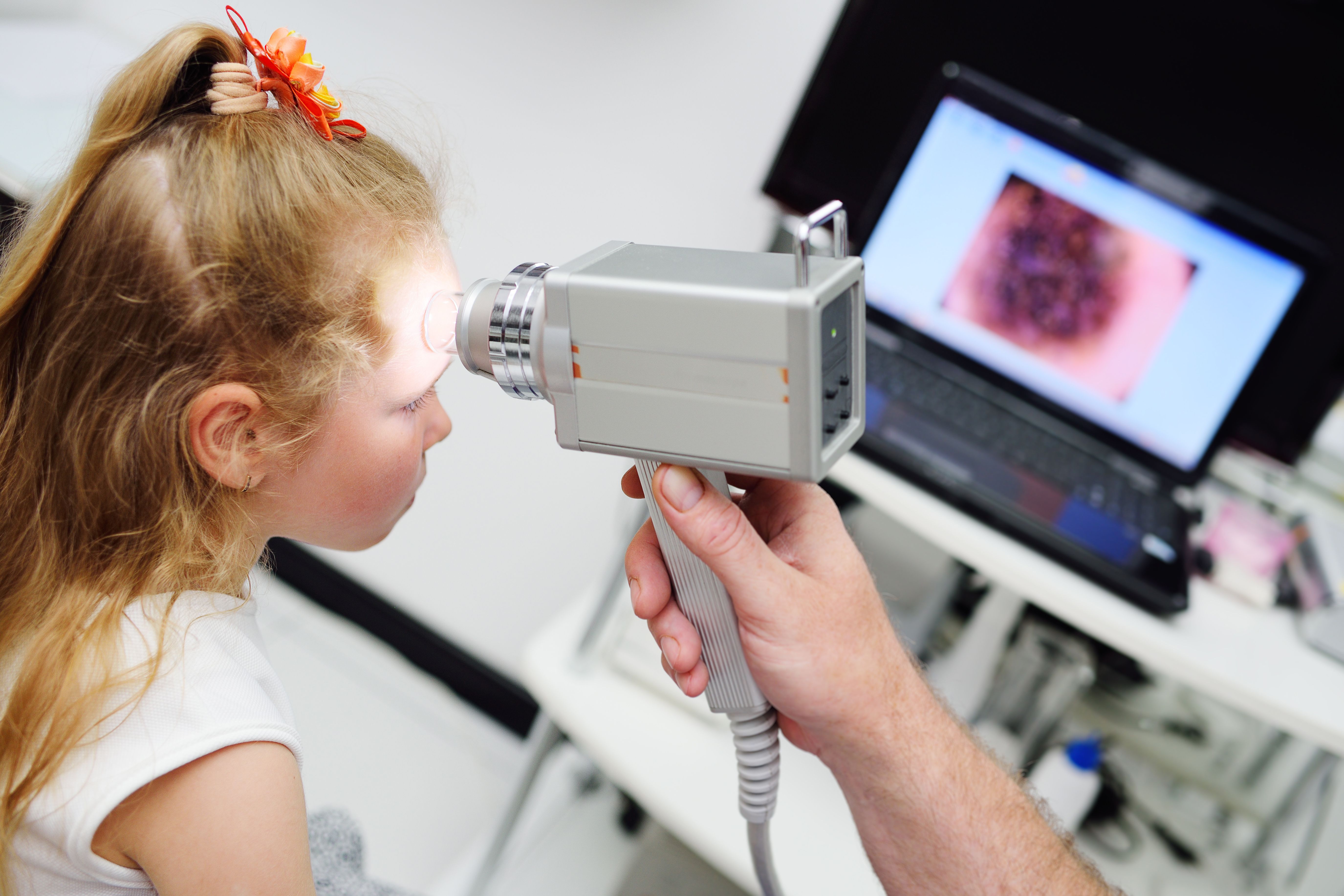- Acne
- Actinic Keratosis
- Aesthetics
- Alopecia
- Atopic Dermatitis
- Buy-and-Bill
- COVID-19
- Case-Based Roundtable
- Chronic Hand Eczema
- Chronic Spontaneous Urticaria
- Drug Watch
- Eczema
- General Dermatology
- Hidradenitis Suppurativa
- Melasma
- NP and PA
- Pediatric Dermatology
- Pigmentary Disorders
- Practice Management
- Precision Medicine and Biologics
- Prurigo Nodularis
- Psoriasis
- Psoriatic Arthritis
- Rare Disease
- Rosacea
- Skin Cancer
- Vitiligo
- Wound Care
Article
Biological Patterns in Pediatric Melanoma
Author(s):
Researchers conducted a systematic review of pediatric melanoma.
In a recent systematic review,1 researchers sought to evaluate the historical evidence of pediatric melanoma, citing the current evidence’s heterogeneity, particularly regarding melanoma subtypes and prognosis. Furthermore, they intended to highlight major sources of pediatric melanoma heterogeneity, particularly among single patients.
Evgeniy Kalinovskiy/AdobeStock

According to study authors, childhood cutaneous melanoma has a global incidence of 2 to 5 cases per million people annually, accounting for just 1% of pediatric malignancies.
Using PubMed, Embase, and Cochrane Central databases, researchers conducted both a systematic review and an individual patient meta-analysis including data from 1948 through January 2021. Included search terms were melanoma and child, or childhood, children, infan, pediatr, or puber.
Researchers collected relevant studies by determining age cutoffs: 18 years to distinguish pediatric patients from adult patients and 10 years to distinguish between pre and post pubertal children. Studies included in the review involved at least 1 confirmed case of primary cutaneous melanoma and main outcomes of melanoma-specific survival (MSS) and progression-free survival (PFS).
Additionally, they examined histological subtypes, including acquired or congenital nevus-associated melanomas (NAM), de-novo melanomas (DNM), nodular melanomas (NM), spitzoid melanomas, and superficial spreading melanomas (SSM). They collected demographic and disease-specific data, including patient background information, study data, and melanoma data, such as location, histologic subtype, metastatis, type of therapy administered, and more.
All prospective studies were screened to eliminate duplicates and to ensure quality of reporting.
The review and meta-analysis identified 17,113 initial articles. Through eliminating duplicates and screening all materials, researchers were left with 213 articles for analysis. Of the more than 22,000 participants involved in the articles, researchers were able to exclude patients due to their lack of meeting age and study criteria, leaving data from 1,002 pediatric patients.
Studies amassed several continents and decades, including case reports, observational studies, observational prospective studies, and clinical trials.
The average age of patients included in the review was 12 years of age. Melanomas were most frequently located on participants’ limbs, and 54.3% reported histologic subtypes, with the most common being SSM (n=42.5%).
Researchers found that SSMs were most frequently associated with acquired nevi, while NMs were commonly associated with congenital nevi. They also found that spitzoid melanomas and NAMs decreased in proportion with age.
Furthermore, they noted that 22% of participants had been diagnosed with a form of metastasis (distant, local, or nodule), while 33.4% developed metastasis later on. 40.6% of patients with available therapeutic data received medical or radiation therapy, while 5.7% received immune or targeted therapy. Participants also frequently received chemotherapy and IFNα2b therapies.
“Together with the higher occurrence of spitzoid melanoma in children younger than 10 years, these findings suggest that a variable proportion of spitzoid melanomas of our series might be better classified as atypical spitzoid proliferations,” study authors wrote.
They also found that congenital nevus is a major risk factor for the development of early childhood melanoma.
A potential study limitation, as noted by researchers, was difficulty identifying the true number of melanoma cases in pediatric patients.
“Melanomas in children are rare, even more so in prepubertal age, and the histopathologic diagnosis of melanoma should be always discussed with a pathologist and a second opinion by an expert pathologist should be obtained,” study authors wrote. “This is especially the case when dealing with lesions classified as spitzoid melanoma that still represent a gray-zone category of lesions where morphologic features do not always correlate with biologic behavior.”
Reference
- Pampena R, Piccolo V, Muscianese M, et al. Melanoma in children: A systematic review and Individual patient meta‐analysis. J Eur Acad Dermatol Venereol. Published online 2023. doi:10.1111/jdv.19220
Newsletter
Like what you’re reading? Subscribe to Dermatology Times for weekly updates on therapies, innovations, and real-world practice tips.















